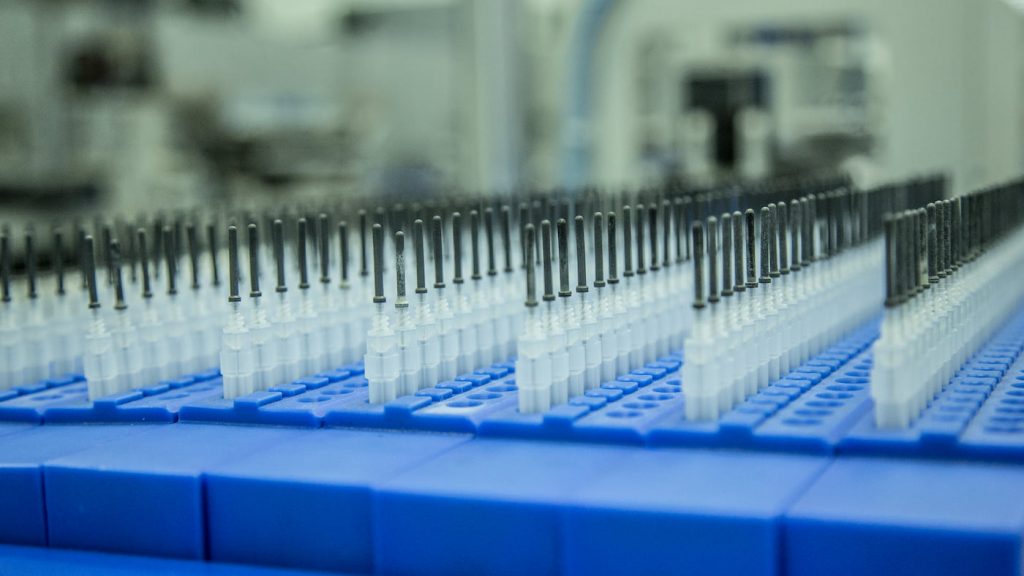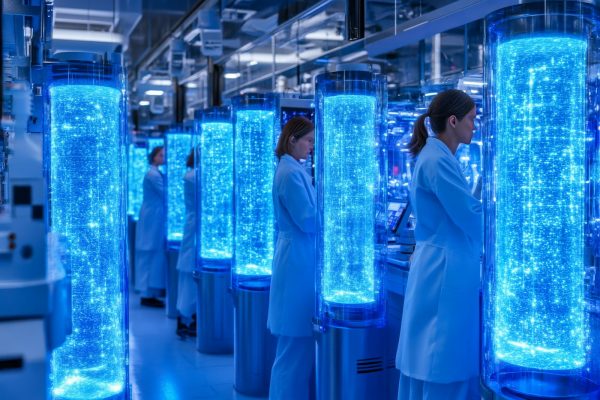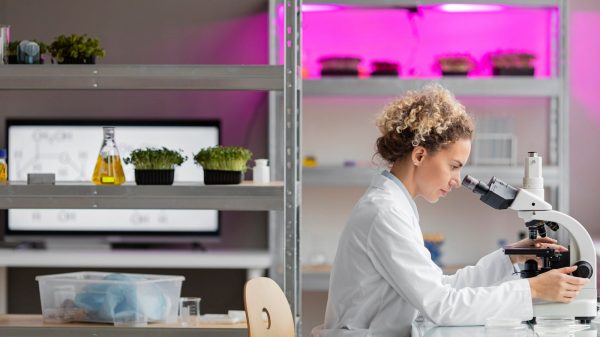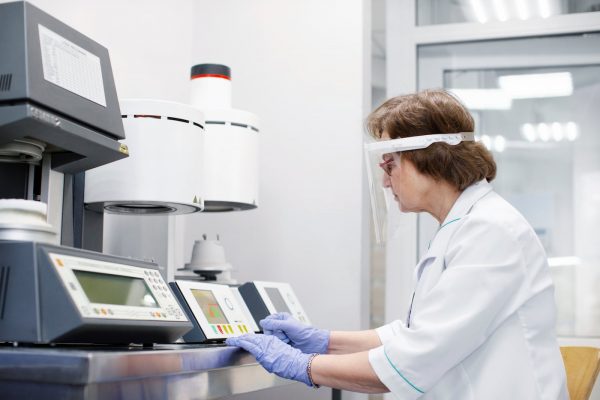The development of a pharmaceutical product is a long and complex process that requires years of research, testing, and regulatory approval. From initial discovery to mass production, each step is crucial to ensuring the safety and efficacy of a new drug. Understanding this journey highlights the importance of pharmaceutical manufacturers in delivering high-quality medicines to patients worldwide.
1.Drug Discovery and Preclinical Research
The journey begins with drug discovery, where scientists identify potential compounds that could treat a specific disease. Researchers analyze thousands of chemical and biological substances to find those with promising therapeutic effects. Once a candidate is selected, preclinical research begins, including:
- Laboratory testing to assess the compound’s biological activity.
- Animal studies to evaluate safety and effectiveness.
- Toxicity testing to ensure minimal harmful effects before human trials.
2.Clinical Trials: Testing in Humans
After preclinical success, the drug enters clinical trials, which occur in three phases:
- Phase 1: A small group of healthy volunteers tests the drug’s safety and dosage.
- Phase 2: A larger group of patients with the targeted disease receives the drug to assess efficacy and side effects.
- Phase 3: Thousands of patients participate in large-scale trials to confirm effectiveness, monitor adverse reactions, and compare the drug to existing treatments.
Regulatory agencies, such as the FDA and EMA, review the trial data to determine whether the drug can proceed to market approval.
3.Regulatory Approval and Licensing
Once clinical trials demonstrate safety and effectiveness, pharmaceutical companies submit a New Drug Application (NDA) or Marketing Authorization Application (MAA) to regulatory authorities. The approval process involves:
- Reviewing clinical trial data for safety, efficacy, and manufacturing standards.
- Inspecting production facilities for compliance with Good Manufacturing Practices (GMP).
- Approving drug labeling and prescribing guidelines.
This stage can take months to years, depending on the complexity of the drug and the regulatory requirements in different countries.
4.Mass Production and Quality Control
Upon approval, the pharmaceutical product enters large-scale manufacturing. Quality control measures are implemented to ensure consistency in every batch. This includes:
- Raw material testing to verify purity and potency.
- In-process monitoring to maintain accuracy in formulation and dosage.
- Stability testing to assess how the drug reacts to environmental conditions over time.
Automated systems and AI-driven analytics help improve efficiency and reduce human error in modern pharmaceutical manufacturing.
5.Distribution and Market Launch
Once manufactured, the drug is distributed to pharmacies, hospitals, and healthcare providers worldwide. Successful market entry involves:
- Logistics and supply chain management to ensure timely delivery.
- Pharmacovigilance programs to monitor long-term safety and adverse effects.
- Educational efforts to inform healthcare professionals and patients about the new treatment.
The Future of Drug Development
With advancements in biotechnology, AI-driven research, and precision medicine, the future of pharmaceutical development is evolving rapidly. Companies like Proton Pharma are embracing these innovations to accelerate drug discovery and improve global healthcare access.




